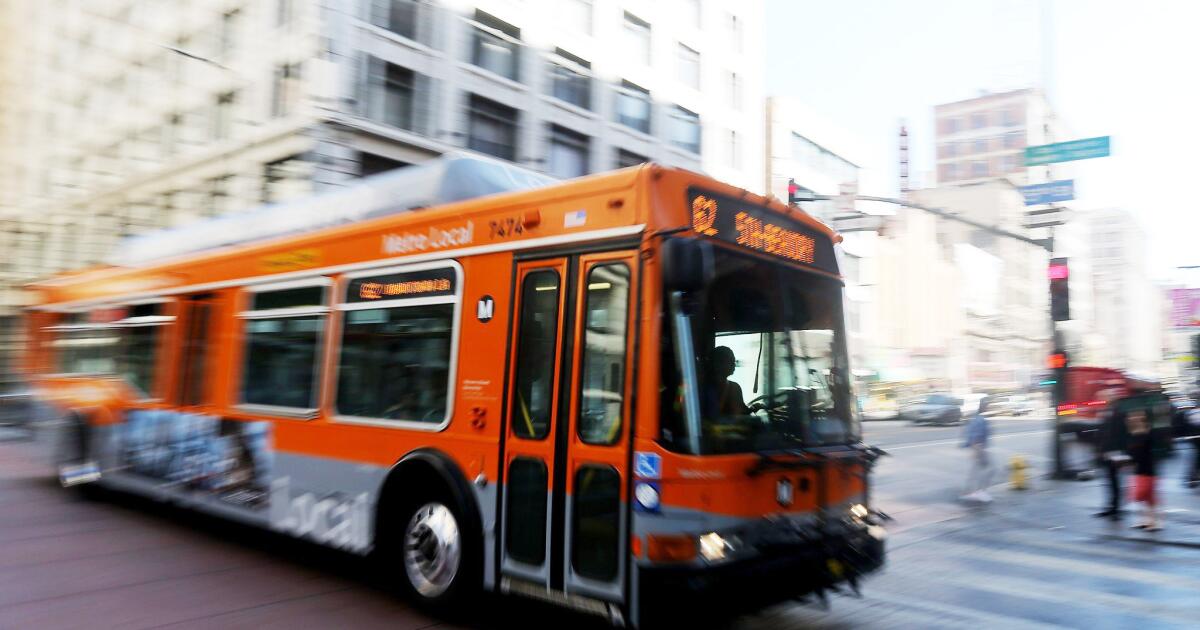Is your city ready for an AI-powered transportation revolution? From optimizing traffic flow to enhancing public safety, the rise of AI in transportation is poised to transform smart cities. Discover the innovative technologies and future trends reshaping urban mobility, and explore the real-world implications of artificial intelligence in transportation.
The Rise of AI in Transportation: What’s Next for Smart Cities?
Artificial intelligence is rapidly transforming urban landscapes, and the transportation sector is at the forefront of this revolution.From monitoring parking violations to enhancing rail safety, AI-powered solutions are becoming increasingly prevalent. This article delves into the emerging trends and potential future of AI in transportation, offering insights into how these technologies are reshaping our cities.
AI-Powered Enforcement: Beyond Parking Tickets
The Los Angeles Metro‘s deployment of AI-assisted cameras on buses, generating thousands of parking violation citations, is just the beginning.This technology, developed by companies like Hayden AI, is designed to improve bus times, increase ridership, and address mobility concerns. But the implications extend far beyond parking enforcement.
Pro Tip: Cities can leverage this technology to optimize traffic flow, identify accident hotspots, and improve overall road safety. The data collected can inform infrastructure improvements and policy changes, leading to more efficient and safer transportation networks.
Expanding Applications: From Buses to Rail
The use of AI in transportation is not limited to buses.Metrolink, Southern California’s regional rail system, has received funding for an AI-powered security system to detect track intrusions. This technology can identify unexpected movement on the tracks, enhancing safety and preventing accidents. Similar systems are being explored in other major cities, including washington, D.C., and New York City.
did you know? AI can analyze vast amounts of data from various sources,including traffic cameras,sensors,and social media,to predict traffic congestion and provide real-time updates to commuters.
The Future of Smart Mobility: Key Trends
Several key trends are shaping the future of AI in transportation:
- Autonomous Vehicles: Self-driving cars and trucks are poised to revolutionize how we move people and goods. AI is the core technology enabling autonomous navigation, decision-making, and safety features.
- Predictive Maintenance: AI algorithms can analyze data from vehicle sensors to predict when maintenance is needed, reducing downtime and improving efficiency.
- Smart Traffic Management: AI-powered systems can optimize traffic signals, manage congestion, and improve overall traffic flow, leading to reduced commute times and lower emissions.
- Enhanced Public Transportation: AI can optimize bus and train schedules, improve route planning, and provide real-time information to passengers, making public transit more attractive and efficient.
Case studies and Real-World Examples
Several cities are already implementing AI-driven transportation solutions:
- Singapore: The city-state is a leader in smart city initiatives,using AI to manage traffic,optimize public transportation,and improve urban planning.
- Barcelona: Barcelona uses AI to analyze traffic patterns, optimize traffic signals, and provide real-time information to residents, reducing congestion and improving air quality.
- London: London’s congestion charge zone utilizes AI-powered cameras to identify and charge vehicles entering the zone, reducing traffic and generating revenue for public transportation.
Addressing Concerns and Challenges
While the benefits of AI in transportation are significant, there are also challenges to consider:
- Data Privacy: Protecting the privacy of individuals is crucial. Robust data security measures and obvious data usage policies are essential.
- Ethical Considerations: AI algorithms must be designed and implemented ethically,avoiding bias and ensuring fairness.
- Job Displacement: The automation of certain tasks may lead to job displacement. Retraining and upskilling programs are needed to support workers.
- Cybersecurity: Transportation systems are vulnerable to cyberattacks. Strong cybersecurity measures are essential to protect critical infrastructure.
The road Ahead: A Call to Action
The integration of AI in transportation is accelerating, promising a future of safer, more efficient, and lasting mobility. As cities continue to embrace these technologies, it’s crucial to address the associated challenges and ensure that the benefits are shared by all. The future of transportation is intelligent, and the time to prepare is now.
What are yoru thoughts on the future of AI in transportation? Share your comments and insights below!
Frequently Asked Questions (FAQ)
Q: How does AI improve bus schedules?
A: AI analyzes real-time data to optimize routes, predict delays, and adjust schedules for better efficiency.
Q: What are the benefits of AI-powered traffic management?
A: Reduced congestion, shorter commute times, and improved air quality.
Q: How can AI enhance rail safety?
A: AI can detect track intrusions, predict maintenance needs, and monitor train operations for potential hazards.

